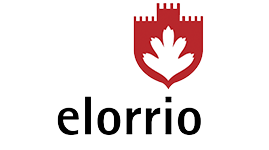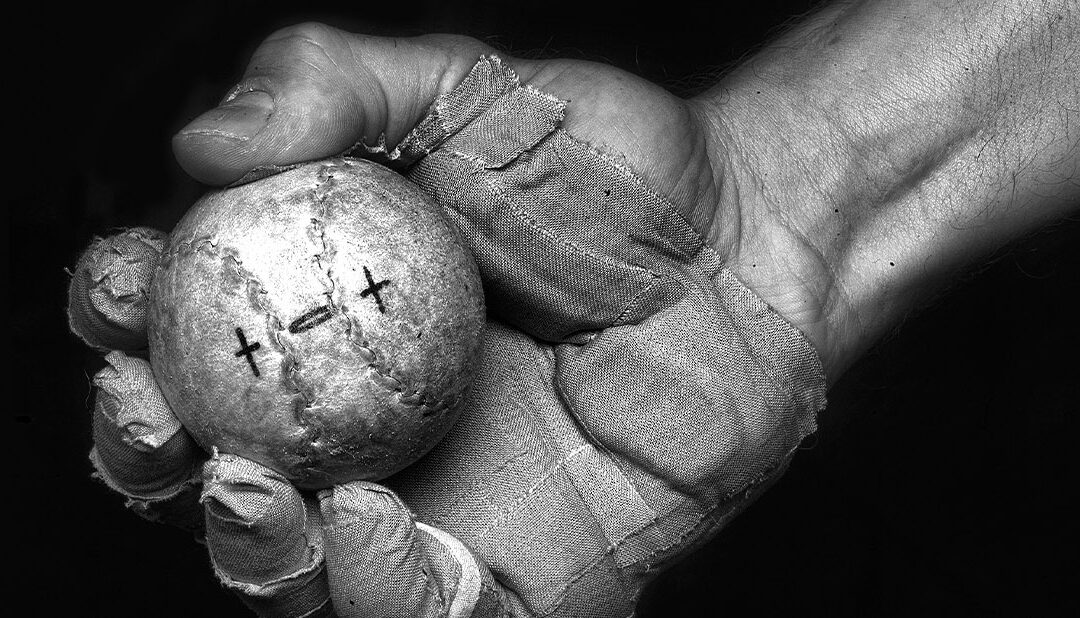ESKUPILOTA
In this form of the game of pelota the leather ball is struck directly with the hand. Players strap up their hands with protective tape and fabric.
Basque pelota is a ball game that enjoys a long tradition in the Basque Country. With it, the Basques have managed to adapt the universal idea of ball games to suit their own characteristics, incorporating numerous changes, creating new forms of the game, purpose-built venues and specific equipment.
This form is usually played by two individuals or by two teams of two players each, with one side always wearing red and the other blue.
In general terms the players take turns to bounce the ball against the front wall or frontis until one of them scores a point. The court on which the game is played is known as a frontón. The frontón in Elorrio is located in the town’s main square: why not take a look at it?
The town boasts a strong tradition in the game, and indeed in 1960 the champion players in three different categories had all lived on the same street in Elorrio: Hilario Azkarate, Felipe Lejarazu and José Antonio Álvarez.
You will get the chance to see the sport for yourself if you visit us during the town’s main festivities (Ferixa Nagusikoak) or on the feast day of Saint Valentine Berrio-Otxoa (July 4).

Antzeko Artikuluak
INTERNATIONAL WOMEN’S DAY
8 March was declared International Women's Day by the UN in 1975. We have to go back a few years, to 1917, to find the origins of International Women's Day. That year, on 8 March, Russian women went on strike asking for bread and peace. Four days later the ‘Tsarr’...
ELORRIO. “HARRIA ETA TALADRINA”
In 2022, Elorrio started the publication of the magazine “Harria eta Taladrina”, which reflects its historical link with iron and industry. This magazine aims to publicize and disseminate the industrial heritage in an informative, inclusive, cross-cutting and gender...
WHAT DOES ELORRIO MEAN?
Here it is the explanation of where the name Elorrio comes from. In Spanish, it means hawthorn, hawthorn is a type of tree, and ‘elorria’ is also used to designate the red fruits of this tree. Due to the abundance of hawthorn bushes around this area, it was christened...

